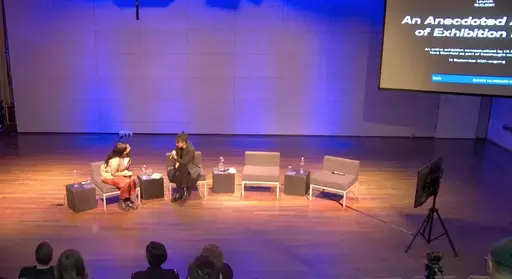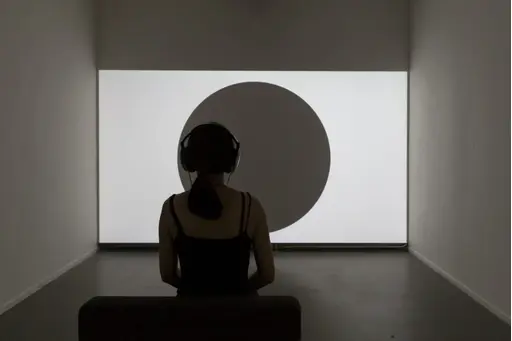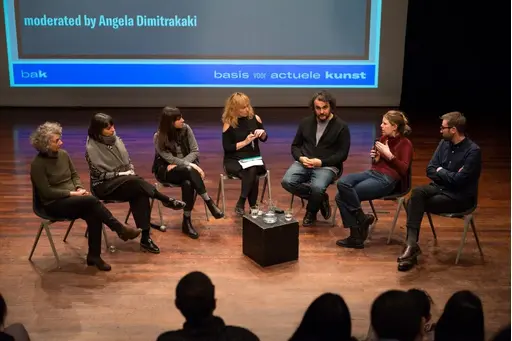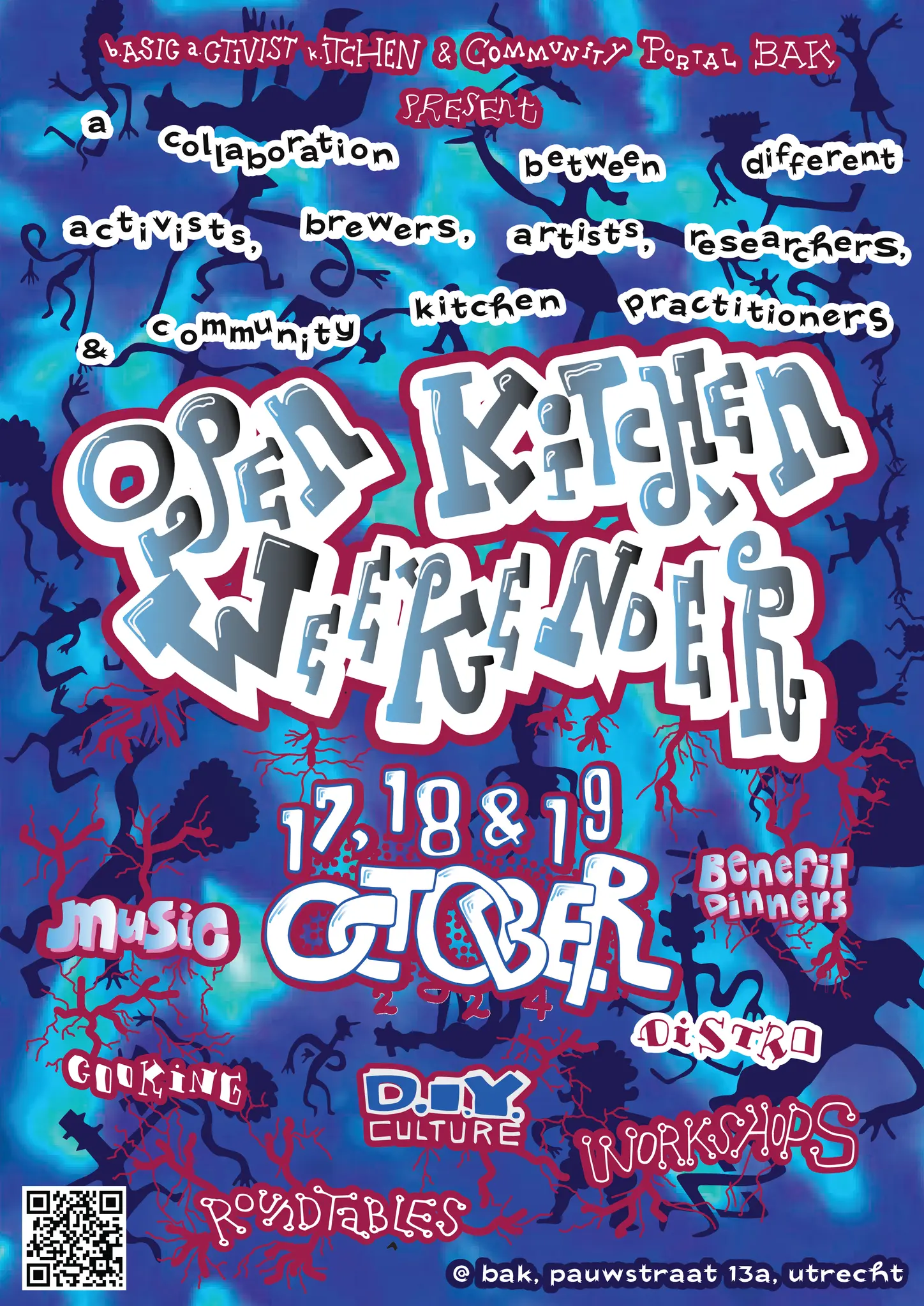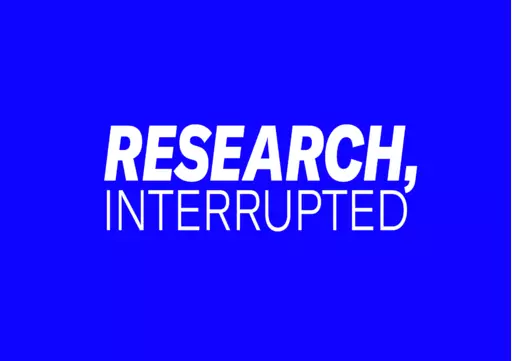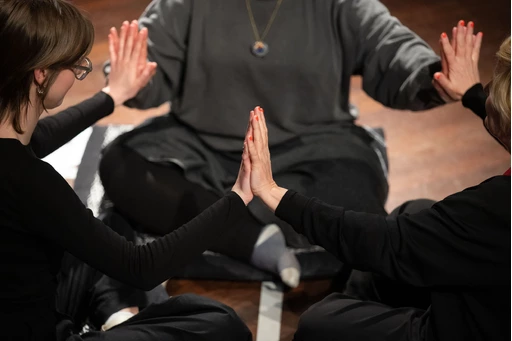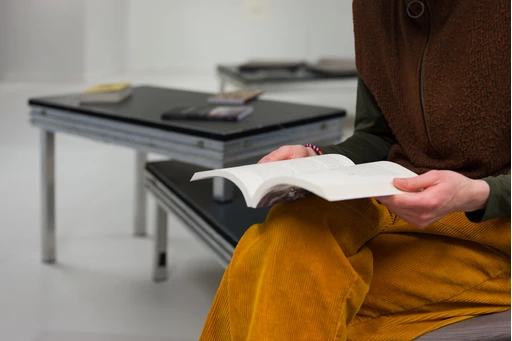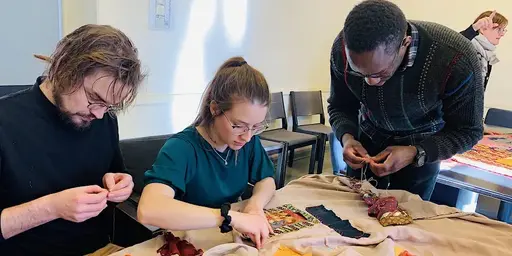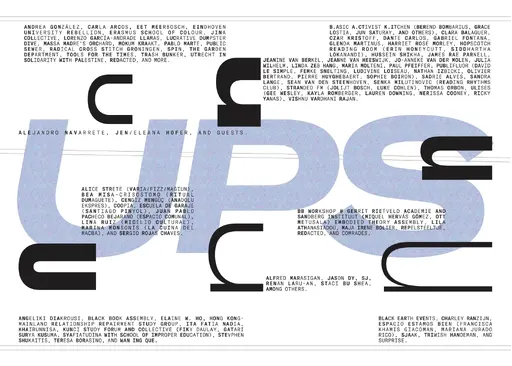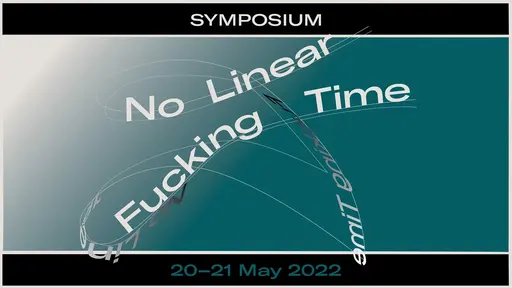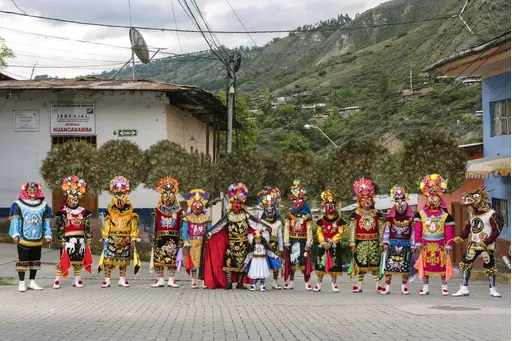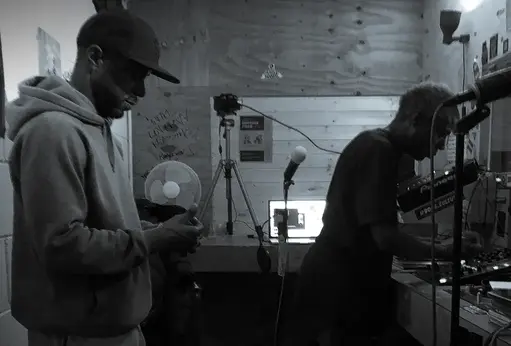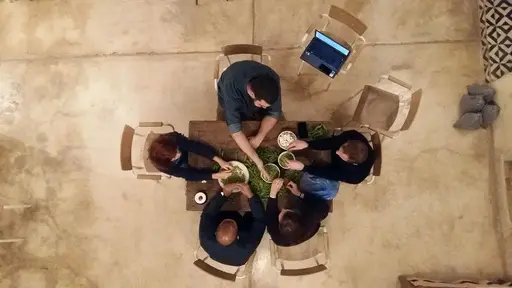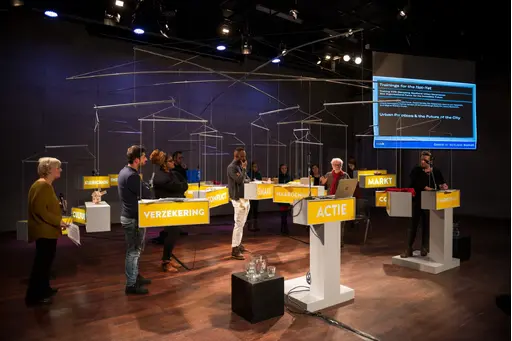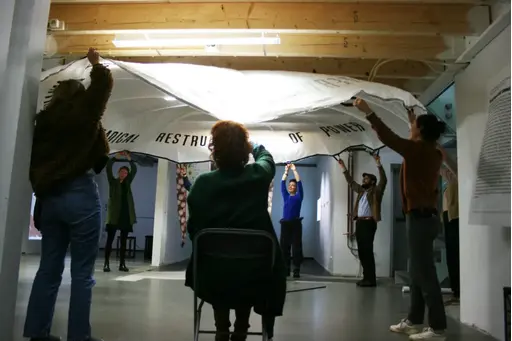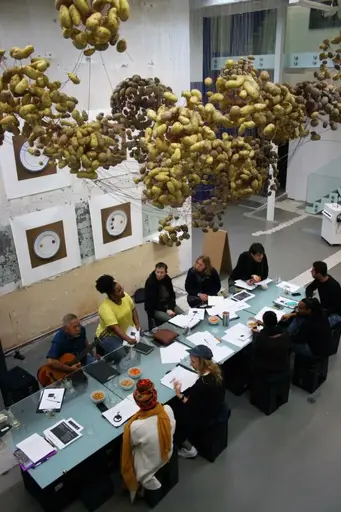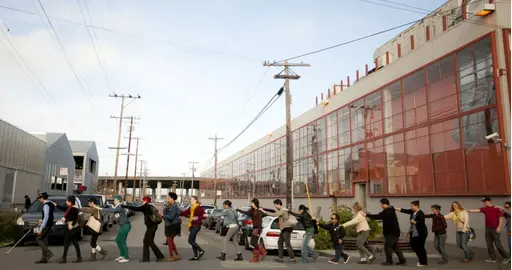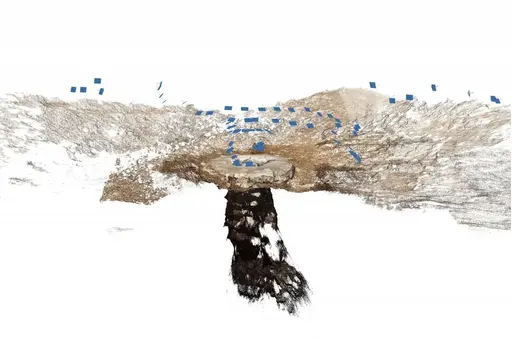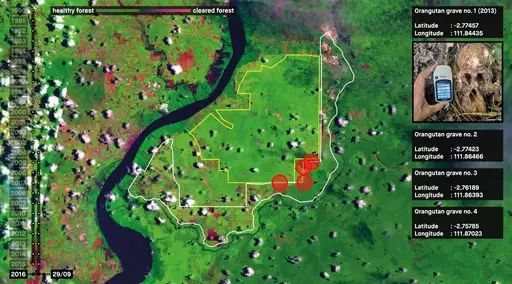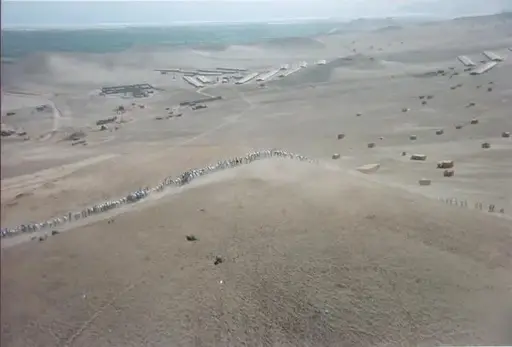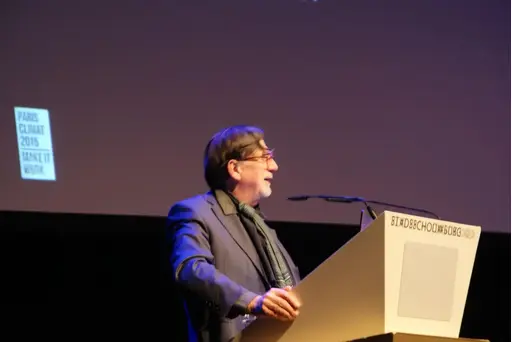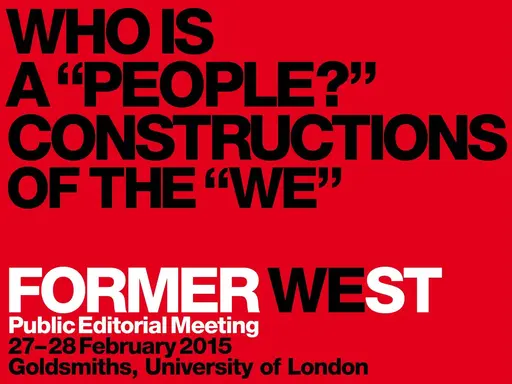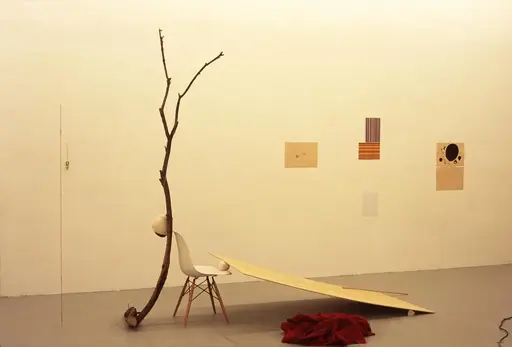
Although Denisa Lehocká and Boris Ondreička each have their own independent, distinct artistic practice, their interests overlap on several levels. The exhibition Landscape presents both their individual works as well as results of the processes of mutual influence and collaborations. While Lehocká engages in an introspective method contemplating her own thoughts, feelings, desires, dreams, and memories, Ondreička rather opts for an outward observation of what is happening around him. Where the reflexive pursuit by Lehocká results in a complex entity of organic structures, ephemeral objects, and drawings, Ondreička focuses his attention towards registering new artificial topographies as the outcome of various developments in society, or examines how music, literature, film, and activist practices impact our understanding of the contemporary. Presented together, Lehocká and Ondreička bring the reference to the art-historical genre of landscape into a contemporary perspective.
In the recent past, within BAK’s practice of longer-term collaborative partnerships with artists that usually develop towards solo exhibitions, Lehocká and Ondreička contributed to projects such as: Now What? Dreaming a better world in six parts, 2003, in which their artistic contribution was the installation plan for part one; the exhibition On Hope and Other Misunderstandings; Now What? Artists Write!, to which Ondreička contributed a text; and Cordially Invited, 2004, in which their individual works were presented.
Read more
Landscape by Denisa Lehocká and Boris Ondreička
It is the negotiation between the poetic and the political through which Landscape by Denisa Lehocká and Boris Ondreička is shaped. Although employing classical references to the art-historical genre of landscape, the proposition by the two artists is to convey current meanings. Lehocká and Ondreička put forward landscape as a vehicle, a carrier of both knowledge and beauty, through which the developments in the contemporary can be under- stood, interpreted, and even constructed.
In the main installation, scenery unfolds with numerous tilted plates leaning against each other (Lehocká, Untitled, 2005). Various objects underneath the surface emerge through the faults, while the panels themselves are bearers of subtle drawings, paintings, texts, and other interventions. Lehocká engages in an introspective method, contemplating her own thoughts, feelings, desires, dreams, and memories. By placing them next to- and over each other (both metaphorically and literally), she envisions strata of a fictional dominion. The work is a complex, structured entity, a detailed study surveying not only Lehocká’s thoughts and feelings, but also their relative positions, elevations, and relationships. And although the model of the personalized landscape might resemble the broken crust of the earth, the cracked plateau emanates great dynamics and the possibility of a positive, catalyzing renewal. That way, a dreamland changes into a public territory for imaginary habitation and further cultivation. Opting for outward observation rather than self-reflection, in Total Analysis of the Site (2005, video), Ondreička offers an obsessive, pseudo-scientific visual examination of another surface. At times we see a familiar, somewhat hilly landscape covered with grass, and in other shots, moon-like, inhospitable, desolate views. In what he calls a “total analysis,” by means of zooming in and out, the terrain is exposed to severe scrutiny, resulting in an absurd visual essay. The location is a golf course in Slovakia, undergoing expansion due to the growing popularity of the game, locally “born” amidst the post-1989 social and economic upswing of the privileged. Ondreička himself, however, provides no clues that could assist the viewer in understanding what he is actually so poetically inspecting. More than in any social phenomena at play, he is interested in the very character of landscape at this place, full of “mysteries” that constitute a new artificial topography. Furthermore, Ondreička seems to be concerned by a moment of the temporary: coming and going, emerging and disappearing, as well as emotions that it engages. This is also the case in Triangle Blues (Ondreička, 2005, video), in which a brief sequence of a repeatedly passing train—a metaphor exhausted through its overuse in music, film, or literature—leaves the viewer alone in a scene, time and time again, with nothing but an afterimage of a triangular road sign along the rails.
If, to some extent, Triangle Blues defines the spatial horizon of the exhibition, the work The First Minute of the Year (Ondreička, 2005, video) positions it equally symbolically in time. With millennium’s end in 2000 still in mind, the work is a countdown of the first minute of the year 3000. By pointing to the moment almost a thousand years from now, clearly beyond our capability to imagine, Ondreička seems to allude to a type of metaphysics that artistic practice can engage in to speculate upon questions as yet unanswerable through scientific observation, analysis, or experiment.
Both inside and in-between these works, numerous mutual interventions take place, through which Lehocká and Ondreička comment on each other. It becomes clear that while they each have their own independent artistic practices, their interests, although approached from radically different perspectives and disparate vocabularies, intersect on many levels. It is exactly those overlaps and incidents where we can expect a new landscape of artistic and political imaginary to appear.
Maria Hlavajova
Program
lecture-performance
16.04.2005 19.00 hrs
Lecture-performance by Boris Ondreička
related
